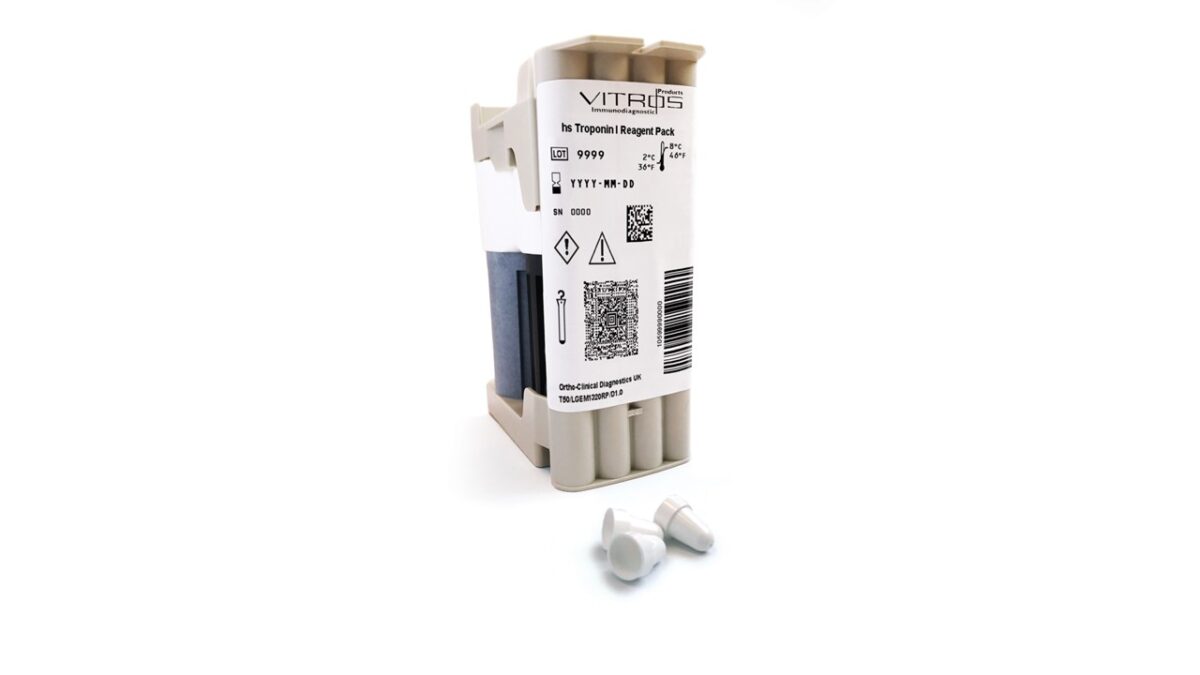Genentech’s ocular implant drug delivery system for treatment of macular degeneration has received approval from the US Food and Drug Administration (FDA). The system is called Susvimo and is touted by parent company Roche to be a “first-of-its-kind” therapeutic approach for neovascular, or “wet,” age-related macular degeneration (nAMD).
Susvimo delivers ranibizumab via a port delivery system into a surgically placed implant in the eye, allowing for continuous delivery of the drug. Ranibizumab is an anti-angiogenic monoclonal antibody fragment that targets vascular endothelial growth factor A (VEGF A). Ranibizumab was developed by Genentech and is sold under the brand name Lucentis. It received FDA approval in 2018.
The ocular implant is the size of a grain of rice that is placed in the upper lid of the eye. The refillable device is topped up every six months. Susvimo is the first treatment in over a decade that could offer nAMD patients an alternative to routine anti-VEGF injections, which has been the standard of care for the condition, and in many cases, are administered as frequently as once a month. In contrast, Susvimo would cut the number of injections to just twice a year.
However, the obvious hump to overcome is to get patients to receive the implant, which is surgically placed in the eye in a single outpatient procedure.
nAMD is the leading cause of blindness in people over the age of 60 and affects nearly 20 million worldwide.
Related: Why Mask-Associated Dry Eye Won’t Necessarily Boost Restasis Sales
The FDA approval was based on positive results from the Phase III Archway study primary analysis, which demonstrated that nAMD patients treated with Susvimo achieved and maintained improvements in vision comparable to monthly ranibizumab injections at weeks 36 and 40 of treatment. And more than 98 percent of patients did not require a refill for up to six months.
Susvimo was well-tolerated and had a favorable benefit-risk profile. Some common adverse events in the trial included eye pain, conjunctival hemorrhage, conjunctival hyperemia and iritis, with some cases eye infection.
Additionally, as part of the trial, 200 surgeons were instructed on how to install and refill the ocular implant system. Roche even developed a virtual reality program for new trainees to guide them through procedures for implantation and maintenance.
“[This] is a very exciting choice for patients,” said Chris Brittain, the global head of ophthalmology development at Genentech, in a company press release. “It’s a surgically implanted device. Therefore, for us it’s really important to ensure that surgeons are very well trained.”
Roche plans to extend the ocular implant delivery system to other indications that Lucentis is approved for, including diabetic macular edema (DME).
With its drug and delivery system combo, Roche is attempting to rival Regeneron’s Eylea, which is administered every two months; the company is now vying for approval for a 16-week dosing schedule. With an aging population, the wet AMD market continues to be lucrative. Eylea registered $4.95 billion in US sales last year, while Lucentis came in at $1.61 billion.
In September, the FDA approved Samsung and Biogen’s Byooviz (ranibizumab-nuna) as the first biosimilar to Lucentis for the treatment of nAMD and other eye diseases and conditions. It became the first ophthalmology biosimilar approved in the US.
“Susvimo represents a major advancement in the treatment of retinal disease and is an important new option for patients with wet AMD,” said Carl Regillo, MD, Chief of Retina Service at Wills Eye Hospital in Philadelphia and an Archway study investigator, in the Genentech press release. “With Susvimo, my patients now have an option that can help them maintain their vision as well as anti-VEGF injections, but on a more manageable twice-yearly treatment schedule.”












Join or login to leave a comment
JOIN LOGIN